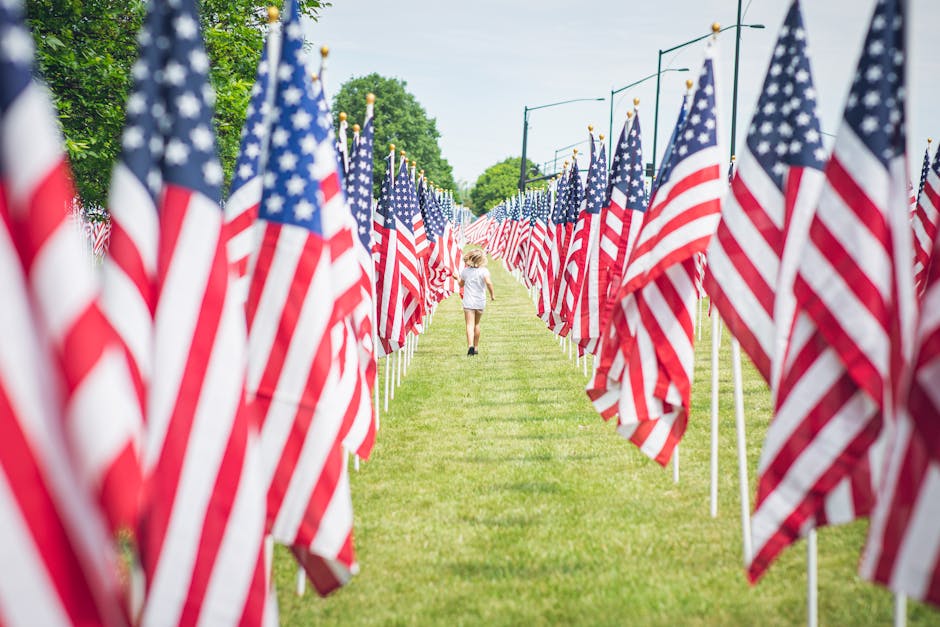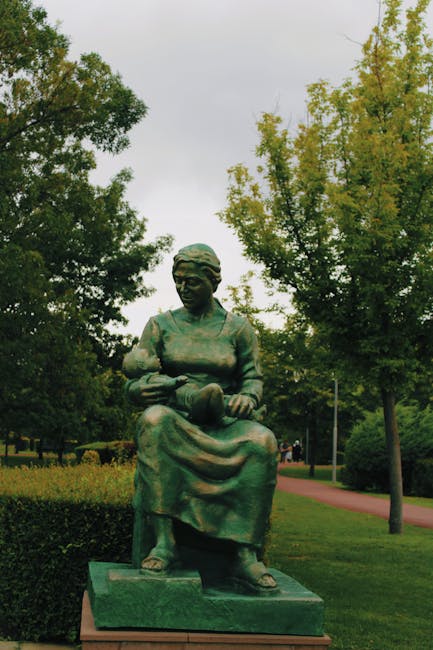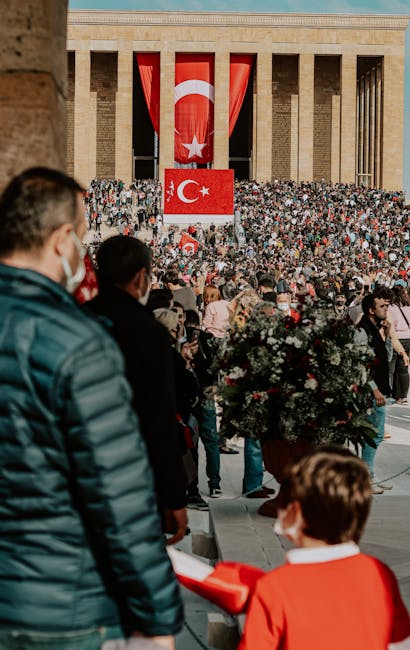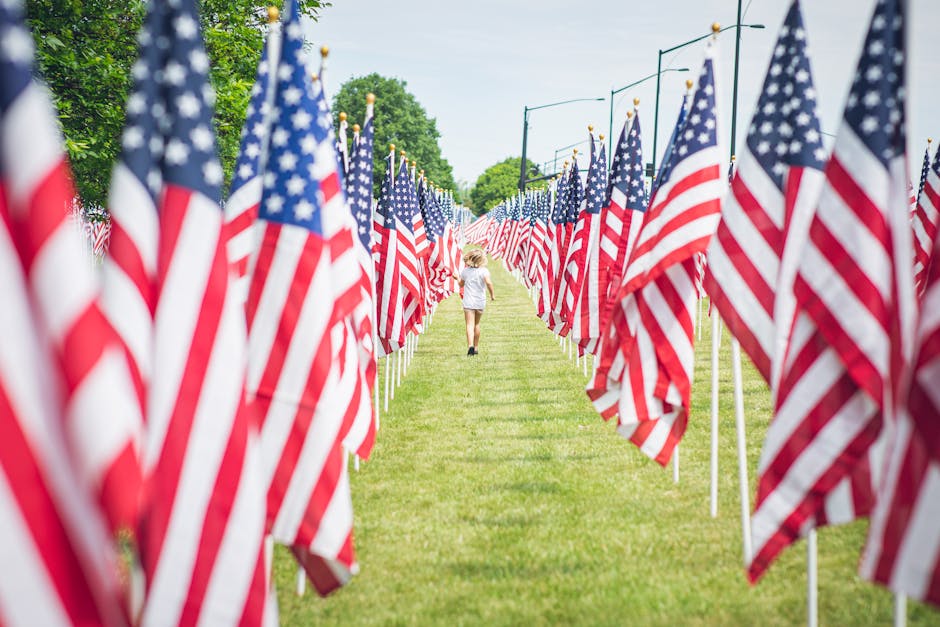Understanding Memorial Day: A Kid-Friendly Explanation
Memorial Day, observed annually on the last Monday of May, is a solemn American holiday dedicated to remembering and honoring the men and women who died while serving in the United States military. It’s a day for reflection, gratitude, and remembering the ultimate sacrifice made by these brave individuals. While it might seem like a serious topic for kids, explaining it in an age-appropriate way can instill important values of patriotism, respect, and remembrance.
Why is Memorial Day Important?
Memorial Day isn’t about celebrating with fireworks or parades (although some communities might have commemorative events); it’s about remembering. It’s a day to think about the soldiers who fought for our country’s freedom and didn’t come home. Their bravery and dedication deserve our respect and appreciation. We remember their courage, their selflessness, and the price they paid for our freedoms.
How Can Kids Understand Memorial Day?
Explaining Memorial Day to children requires patience and sensitivity. Use age-appropriate language and focus on the positive aspects of service and sacrifice. For younger children, focusing on the concept of gratitude and remembering those who helped protect our country is key. Older children can begin to explore the historical context and significance of Memorial Day.
Activities to Teach Kids About Memorial Day
Instead of just explaining the holiday, make it a learning experience. Here are some engaging and educational activities to celebrate Memorial Day with your kids:
1. Create Memorial Day Crafts:
Engage their creativity with crafts that honor service members. They can make cards, drawings, or even small flags to decorate your home. These activities offer a hands-on way to express gratitude and learn about the holiday.

- Patriotic Paper Chains: Use red, white, and blue construction paper to create chains.
- Handprint Flags: Use their handprints to create a unique flag design.
- Thank You Cards: Make cards for active military personnel or veterans.
2. Visit a Local Memorial or Cemetery:
Visiting a local veterans’ memorial or cemetery provides a powerful and respectful way to honor fallen soldiers. Explain the significance of the monuments and the names inscribed on them. This allows for a tangible connection to the history and sacrifice.
3. Read Books About Memorial Day and Veterans:
There are many children’s books that explain Memorial Day and the sacrifices made by veterans. These books can provide context and help children understand the history in a simplified way. Look for age-appropriate titles that focus on themes of bravery, service, and remembrance.
4. Watch Patriotic Movies or Documentaries:
Age-appropriate documentaries or movies about veterans and military history can offer a visual learning experience. Discuss the themes and stories portrayed, emphasizing the sacrifices made and the importance of remembering.
5. Write Letters to Veterans:
Encourage children to write thank-you letters to veterans or active-duty military members. This act of gratitude fosters empathy and appreciation for their service.

6. Participate in a Community Memorial Day Event:
Many communities hold parades, ceremonies, or other events to commemorate Memorial Day. Attending these events allows children to witness firsthand the expressions of gratitude and remembrance.
The Significance of Remembrance
Memorial Day is more than just a day off; it’s a time for reflection and remembrance. It’s crucial to emphasize the importance of remembering the sacrifices made for our freedom and to honor the lives of fallen soldiers. Teaching children about Memorial Day isn’t just about learning historical facts; it’s about cultivating empathy, gratitude, and respect for those who served and sacrificed for our country.
Beyond the Holiday: Ongoing Education
Teaching children about Memorial Day should not be limited to a single day. It’s an opportunity to start a conversation about patriotism, civic duty, and the importance of honoring those who serve. Continue to explore these topics throughout the year through books, documentaries, and discussions.
Discussing War and Conflict:
When discussing military service, it’s important to acknowledge the realities of war and conflict in an age-appropriate manner. Focus on the courage and sacrifices of soldiers while honestly addressing the hardships and challenges faced by those involved. Providing a balanced understanding helps children develop a comprehensive picture of the complexities of war and the profound significance of peace.

Incorporating Memorial Day into Everyday Life
Teaching children about Memorial Day can be seamlessly woven into everyday life. You can incorporate discussions about patriotism and service into regular conversations, encouraging them to express their gratitude for the freedoms they enjoy. This constant reinforcement helps solidify their understanding of the importance of Memorial Day and the values it represents.
Memorial Day Resources for Kids and Families
Numerous resources are available to help families learn more about Memorial Day and the sacrifices made by military personnel. Check out websites dedicated to veterans, military history, and children’s education. Many libraries offer books and resources related to the holiday and military service.
Conclusion: A Lasting Legacy of Remembrance
By engaging in age-appropriate activities and fostering meaningful conversations, parents and educators can successfully teach children about Memorial Day. It’s not just about remembering the past; it’s about creating a lasting legacy of gratitude and appreciation for the sacrifices made by those who served to protect our country’s freedom.

